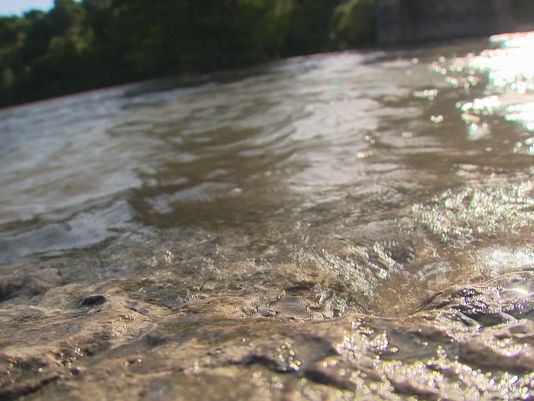(KENS) -- If you follow the advice of law enforcement and "turn around, don't drown," you should avoid a life-or-death situation in a bad storm. However, the unexpected does happen.
So if you found yourself in a worst-case scenario, like high water in a flood, would you know what to do?
It's tough not to panic when you're swept away in the water -- sometimes this happens when you're in a car.
Flood and swift-water technicians recommend that you take off your seat belt as soon as possible, then hold the steering wheel or a fixed object and roll the window down to escape as fast as you can.
Despite its picturesque setting, there's a reason why many first responders train for flood and swift-water rescues in the Guadalupe River.
"The river isn't the only place this could happen. This could happen right in the middle of an urban setting," said Wesley Meyer, who with his daughter, Camille, runs a company called Rescue Training International.
He said the biggest mistake people make is panicking and trying to fight the water instead of working with the water. That's why, he said, you should get in a sitting position with your legs slightly bent and feet up toward the top of the water to avoid getting trapped by something down under.
By facing at a 45-degree angle and using your arms to paddle, the current will naturally push you to the banks.
"You're looking to find an egress point, a place to get out where the current brings you in, and you want to quickly get over to the bank, grab what you can hold on and climb out," he said.
Wesley and Camille said as long as you stay calm and focus on those techniques, you'll increase your chances of survival.
U.S. natural hazard statistics show 82 people died in 2013 from flooding. Almost half of them died in a vehicle, likely trying to cross a flooded road.


